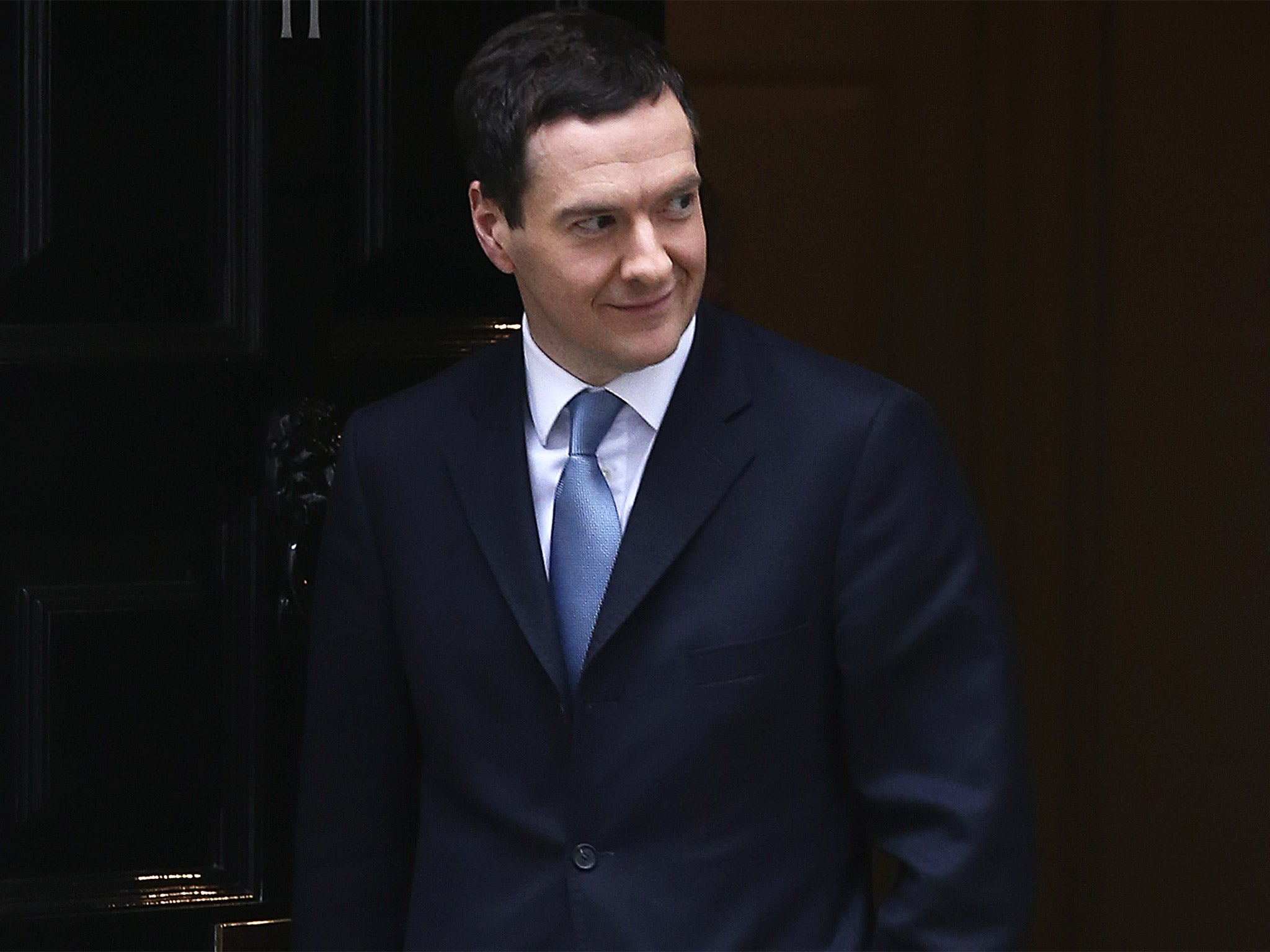Just how weak is pay growth really?
The Treasury has been telling us for much of the past year that Britons are already getting decent pay rises – or at least those in continuous work are

“Put simply – it’s time Britain had a pay rise” said David Cameron in a speech to the British Chambers of Commerce today.
Which is odd, really, because the Treasury has been telling us for much of the past year that Britons are already getting decent pay rises – or at least those in continuous work are.
The 2014 Budget and Autumn Statement budget documents both stressed that people who have been in continuous employment for the past year had seen average annual wage growth that was considerably higher than inflation – even while average wages of all employees fell in real terms.
This is from the Autumn Statement:
The black line shows average workers in continuous employment got a 4.1% pay rise in 2014, well above the 1.8% CPI inflation rate.
Last November George Osborne tweeted this fact and said it was a sign that his economic plan is delivering:
So who’s right? The Prime Minister who thinks average pay growth has been very weak and needs to increase. Or his Chancellor who apparently thinks it’s already pretty good for many people?
The Institute for Fiscal Studies in its Green Budget (chapter 2) last week came down on the side of the Prime Minister.
The IFS noted that people in continuous employment always see pay go up faster than all employees and that this is “neither surprising nor new”.
This happens because employees in the same job tend to get pay rises as they age and gain more experience. It also noted that people who remain in the same job tend to be more highly educated, which also means they can command larger annual pay rises.
The IFS says that the continuous employment measure “builds in, by construction, an important compositional effect” and “will act to overstate economy-wide earnings growth”.
As the IFS says, this was “true before the crisis and has been true throughout the period shown”.
Moreover, there is little sign, said the IFS, that the usual gap between the pay growth of continuous employees and the pay growth of all employees has increased since the financial crisis.
Indeed, as this chart above shows, the two have fallen pretty much in tandem since 2005, despite the divergence in 2014.
This implies that pointing to positive real pay for continuous employees as a sign of rising living standards is misleading.
The IFS adds this: “Much of the fall in real average earnings since the crisis is driven not by individuals seeing falls in pay as they age, but by them seeing smaller increases – and hence falling behind the real earnings levels of similarly experienced individuals before the crisis.”
So the pay squeeze doesn't necessarily manifest itself in workers getting a real terms cut, but in getting less than they would have received in better times.
In other words it's the broad average data that really matters. And this shows that pay growth, even for continuous employees, has been weak by historic standards.
Subscribe to Independent Premium to bookmark this article
Want to bookmark your favourite articles and stories to read or reference later? Start your Independent Premium subscription today.

Join our commenting forum
Join thought-provoking conversations, follow other Independent readers and see their replies